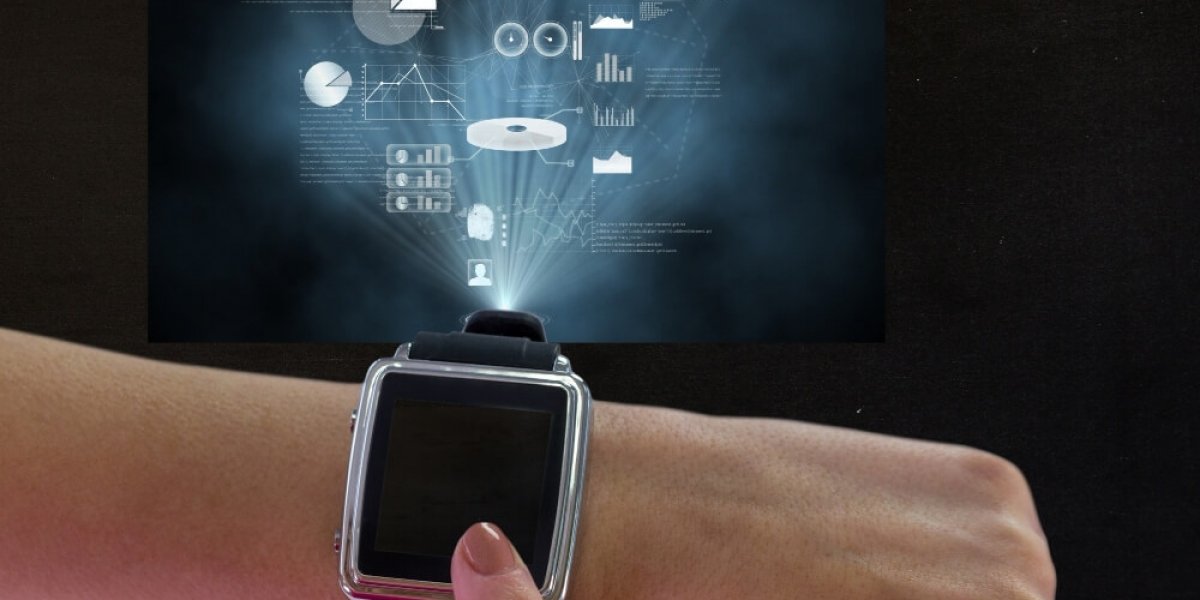Have you noticed your AR or VR headset showing blurry or pixelated visuals even though it’s a premium device? The issue usually isn’t the graphics processor — it’s the display technology itself. Most headsets still rely on outdated LCD or OLED panels, which simply can’t handle high pixel density in compact spaces.
This is where the micro display comes in. Built for precision and clarity, it delivers ultra-sharp images even in small form factors, making it perfect for AR, VR, and wearable devices.
What Is a Micro Display and Why It Matters
A micro display is a miniaturized screen that uses advanced imaging technology — often OLED or LCoS — to produce high-resolution visuals in extremely small sizes. Unlike conventional screens, these displays are designed for close-view applications such as smart glasses, camera viewfinders, and VR goggles.
What makes them special?
High pixel density ensures every frame looks crystal clear.
Superior brightness and contrast for vivid colors in all lighting conditions.
Compact design, ideal for lightweight headsets and portable optics.
Fast response time, eliminating motion blur and visual lag.
With these qualities, micro displays have become the foundation of modern optical systems that demand accuracy and depth.
How Micro Displays Enhance Visual Experience
Traditional screens struggle with light leakage, motion artifacts, and poor contrast when viewed up close. In contrast, a micro display integrates its pixels on a silicon base, delivering unmatched color precision and response speed.
This results in:
Sharper imagery — perfect for AR overlays and real-world blending.
True black levels — enhancing depth and realism.
Low power usage — extending battery life for wearable tech.
Whether you’re gaming, training, or viewing real-time data, the result is a smoother, more natural experience.
Applications of Micro Displays in Modern Devices
Micro display technology has evolved far beyond experimental use. Today, it powers a wide range of devices:
AR/VR Headsets: Delivering lifelike virtual scenes with accurate depth perception.
Smart Glasses: Providing real-time data without compromising visibility.
Digital Camera Viewfinders: Offering high-contrast previews with minimal delay.
Industrial and Military Systems: Used for rugged, high-performance optical displays.
Its compact and energy-efficient design allows manufacturers to build sleeker, smarter, and longer-lasting visual systems.
Why Micro Display Is the Future of Wearable Optics
As AR, VR, and mixed reality technologies advance, demand for high-resolution miniature screens keeps growing. Micro displays meet this demand by balancing brightness, contrast, and efficiency within a small footprint.
Manufacturers are now integrating micro OLED variants for even greater pixel density and color accuracy, ensuring users experience visuals that are as close to real life as possible.
If your current headset or smart eyewear struggles with poor brightness or pixelation, upgrading to a device with a micro display can transform your entire visual experience.
Conclusion
Blurry visuals, dull colors, and motion lag aren’t just annoying — they limit your immersive experience. A micro display eliminates these problems by combining high resolution, low latency, and true color performance. Whether you’re an AR developer, a gamer, or a professional photographer, adopting this technology is the key to sharper, clearer, and more efficient visuals.








